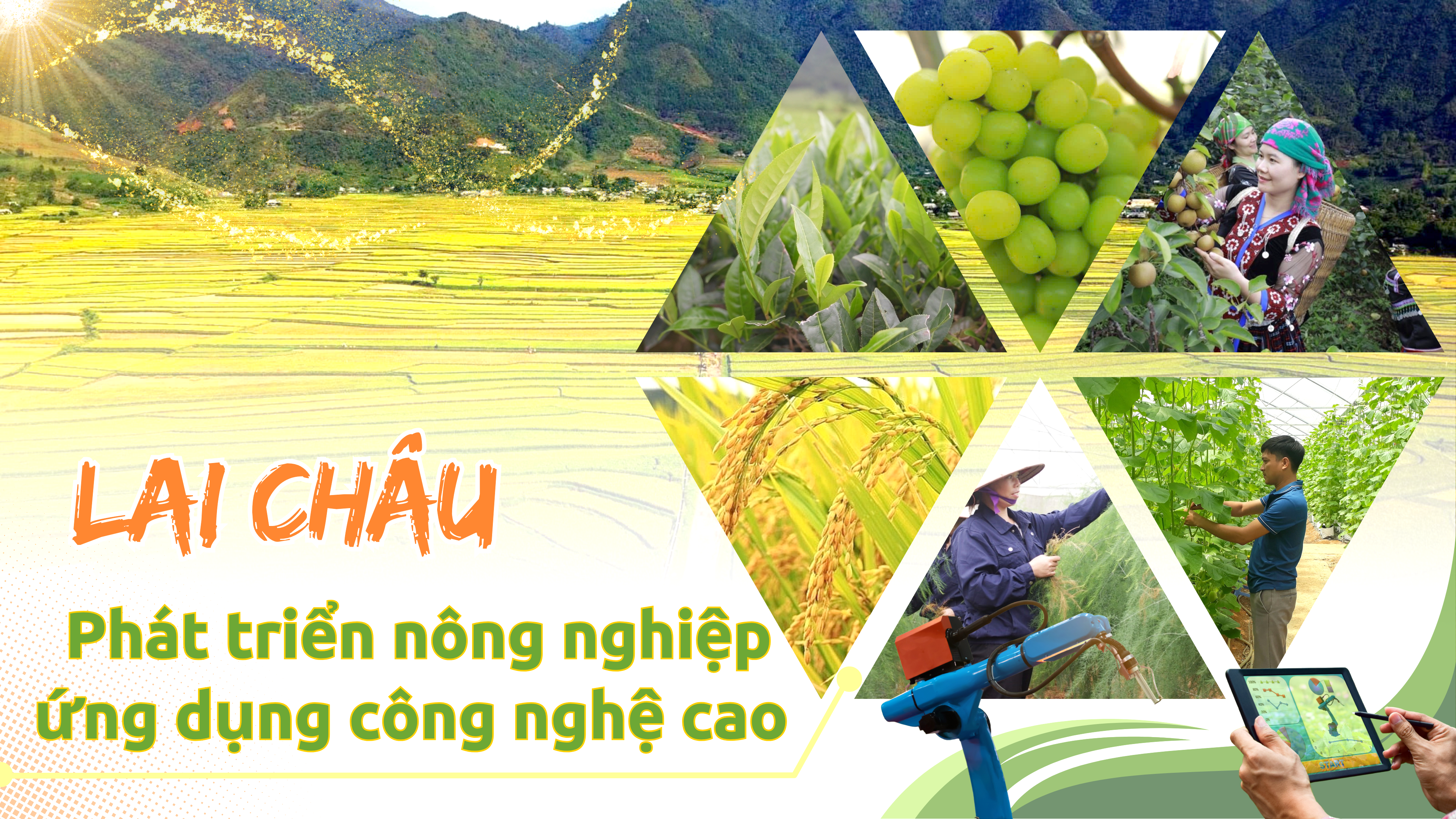
Lai Chau is a mountainous province with diverse ecology and climate favorable for growing many specialty crops such as tea, rice, temperate fruit trees, etc. However, the province's agricultural products are mainly raw products, deeply processed products are still very few, and the brand has not been affirmed. The formation of concentrated production areas and key products is still slow. Commodity agricultural production has only developed in places with favorable infrastructure and transportation conditions; for remote communes and border communes of the province, the development of commodity agriculture is still limited.
Therefore, Lai Chau province has identified: agriculture as an important industry, a pillar of the economy , localities focus on developing key agricultural products, concentrated commodity agriculture. Under the direction of the province, communes and wards have begun to implement high-tech pilot projects: coded raw material areas, greenhouses for growing safe vegetables, drip irrigation systems for tea hills... The goal is not only to increase output but also to aim for standard products, traceability of origin is essential to enter the higher value chain. From this approach, up to now, Lai Chau has formed concentrated commodity production areas, key products such as: 4,000ha commodity rice area; 11,000ha tea area; 13,000ha cinnamon area, macadamia over 7,400ha, fruit trees over 8,000ha...

Applying science and technology is a breakthrough to transform from traditional farming to high-tech agriculture, improving quality and competitiveness. Understanding this importance, many businesses, cooperatives and farmers have changed their production thinking, invested in greenhouses, and introduced mechanization into production. Along with that, the province supports the application of modern technology such as drip irrigation, spray irrigation, net house models, greenhouses and put into production many new fruit tree varieties. High-tech agricultural areas have been formed, aiming at safe, organic production, meeting VietGAP standards. To date, the whole province has over 6,000 hectares of rice applying improved rice cultivation techniques (SRI), 200 hectares of vegetables applying integrated pest management (IPM), nearly 57 hectares of net houses, net houses; 30 hectares of water-saving irrigation; 209.4 hectares of certified crops of all kinds, of which VietGAP certification is about 180 hectares; GACP certification for ginseng is 13.9 hectares; organic certification is 15.5 hectares.
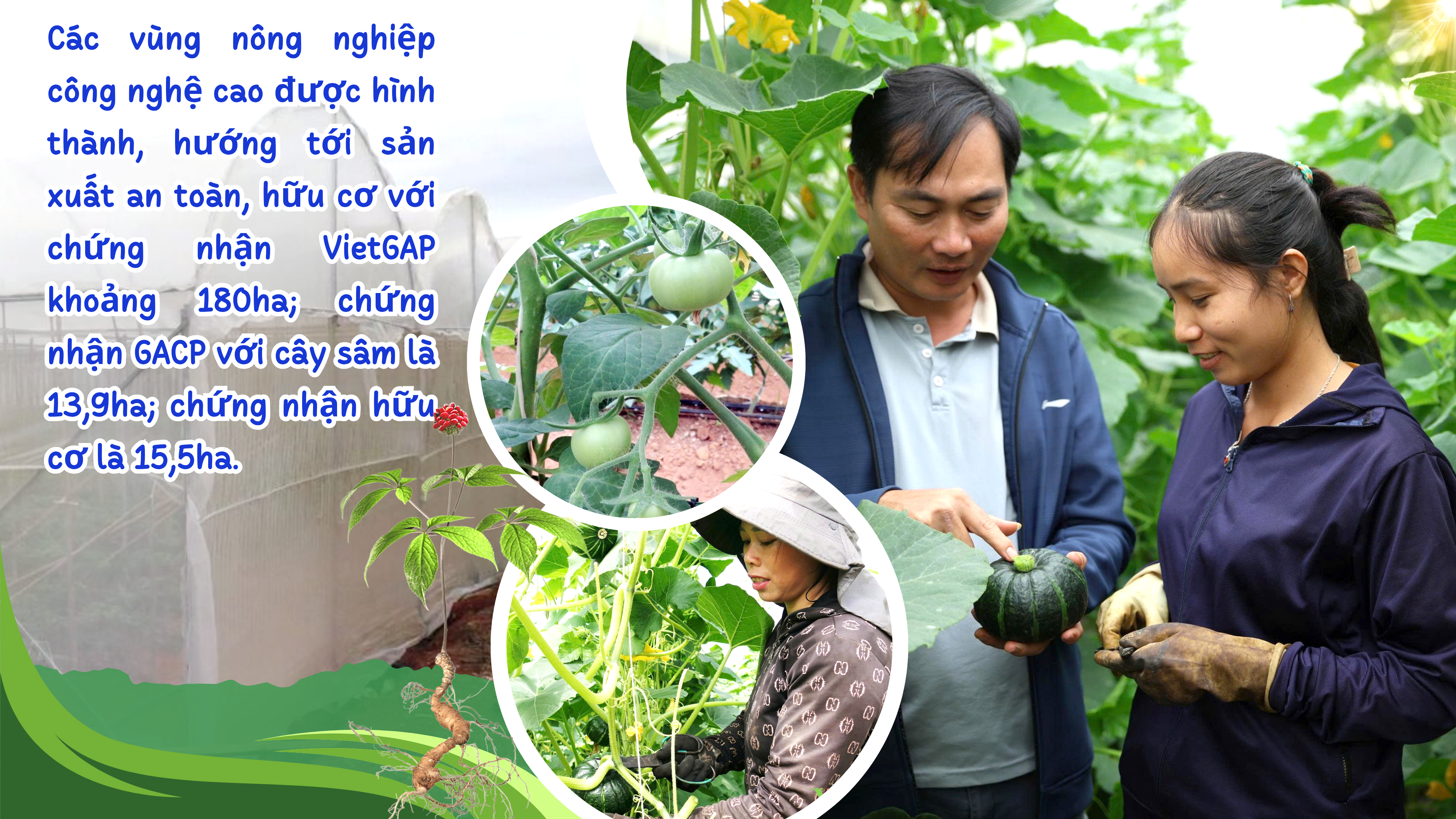
After studying the effectiveness of applying high technology in greenhouses and net houses to increase productivity, reduce fertilizer use, and thereby increase income by 35-40% compared to traditional production, An Bay Cooperative in Hoa Van village (Binh Lu commune) is one of the pioneering cooperatives in the locality in converting ineffective farming land to high-tech greenhouse production. With an area of 9.7 hectares, the cooperative has successfully built a comprehensive economic model such as growing fruit trees, ginger, and cassava. Of which, 1,000 square meters are invested in greenhouses to grow specialized vegetables, tubers, and fruits. Thanks to that, productivity and output have increased compared to traditional farming. After deducting expenses, the cooperative earns more than 300 million VND per year.
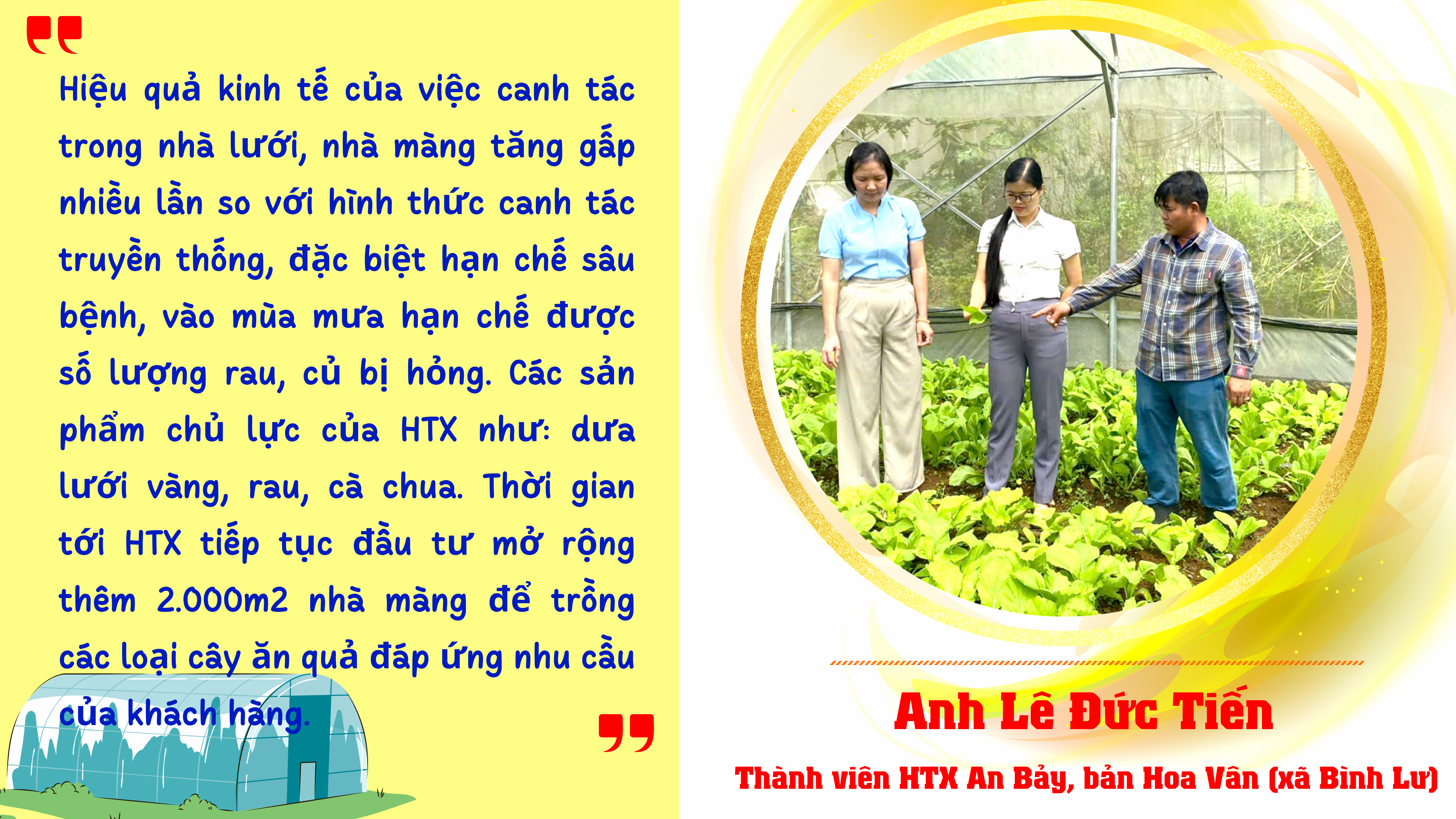
In the context of deep integration, the requirement for transparency of origin and traceability of agricultural products is increasingly becoming a mandatory "passport" for agricultural products to reach large markets. Up to now, Lai Chau has issued 36 growing area codes (including 30 growing area codes for export and 6 growing area codes for domestic consumption) with a total area of over 3,284 hectares.
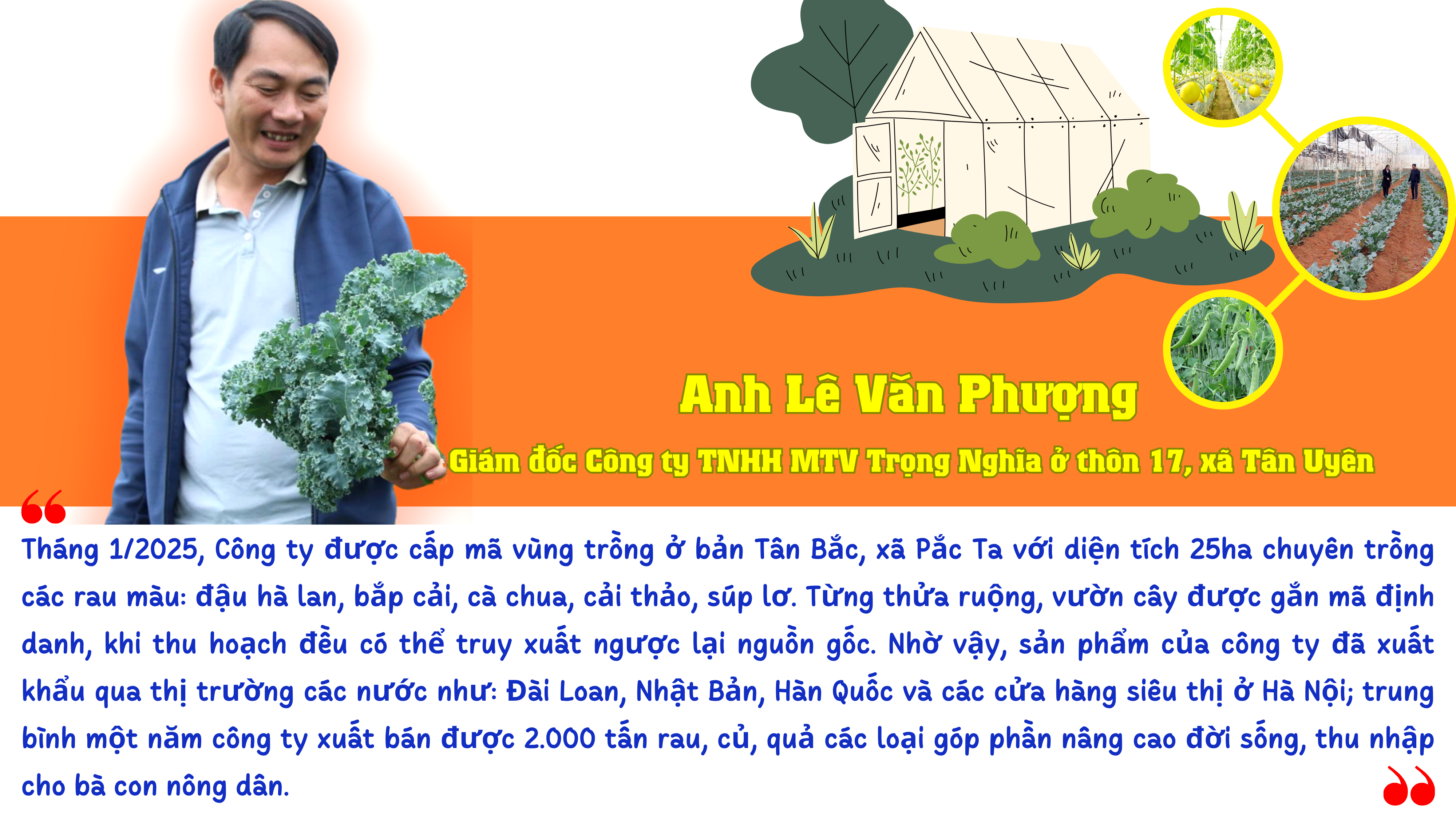
Entering the era of national development, facing the requirement of renewing the agricultural growth model towards green - circular - sustainable direction, there needs to be breakthrough solutions in investment linkage, development of production areas associated with processing and consumption to overcome current shortcomings and limitations, at the same time, creating high-quality agricultural products that are competitive in the domestic and international markets. For Lai Chau, the province continues to promote the restructuring of agricultural production; exploit and promote the potential and advantages of the locality. Strive by 2030, 100% of the concentrated tea production area will be managed, assigned growing area codes, packaging facility codes, and traceability; there will be 2,400 hectares of tea, 1,500 hectares of rice, 10,500 hectares of macadamia, 2,800 hectares of cinnamon, 2,500 hectares of fruit trees in the form of safe, organic production; 70% of farms and 50% of cooperatives in the province have access to waste management and utilization processes, recycling technology, and the reuse of agricultural by-products. The amount of industrial organic fertilizers and biological pesticides used accounts for at least 30%; strive to have over 50% of rice, tea, fruit trees, vegetables, etc. in concentrated commodity production areas fully apply IPHM.
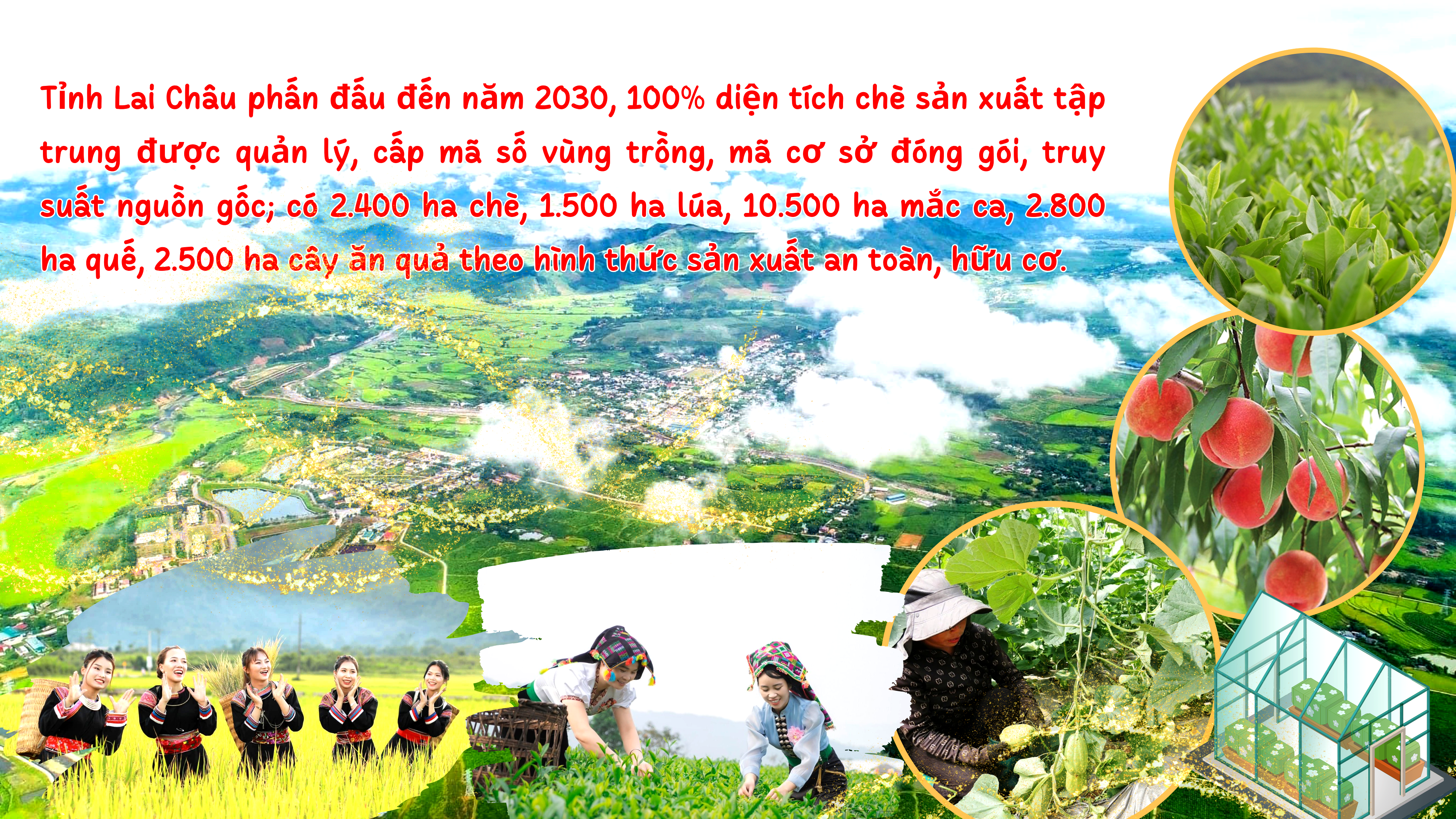
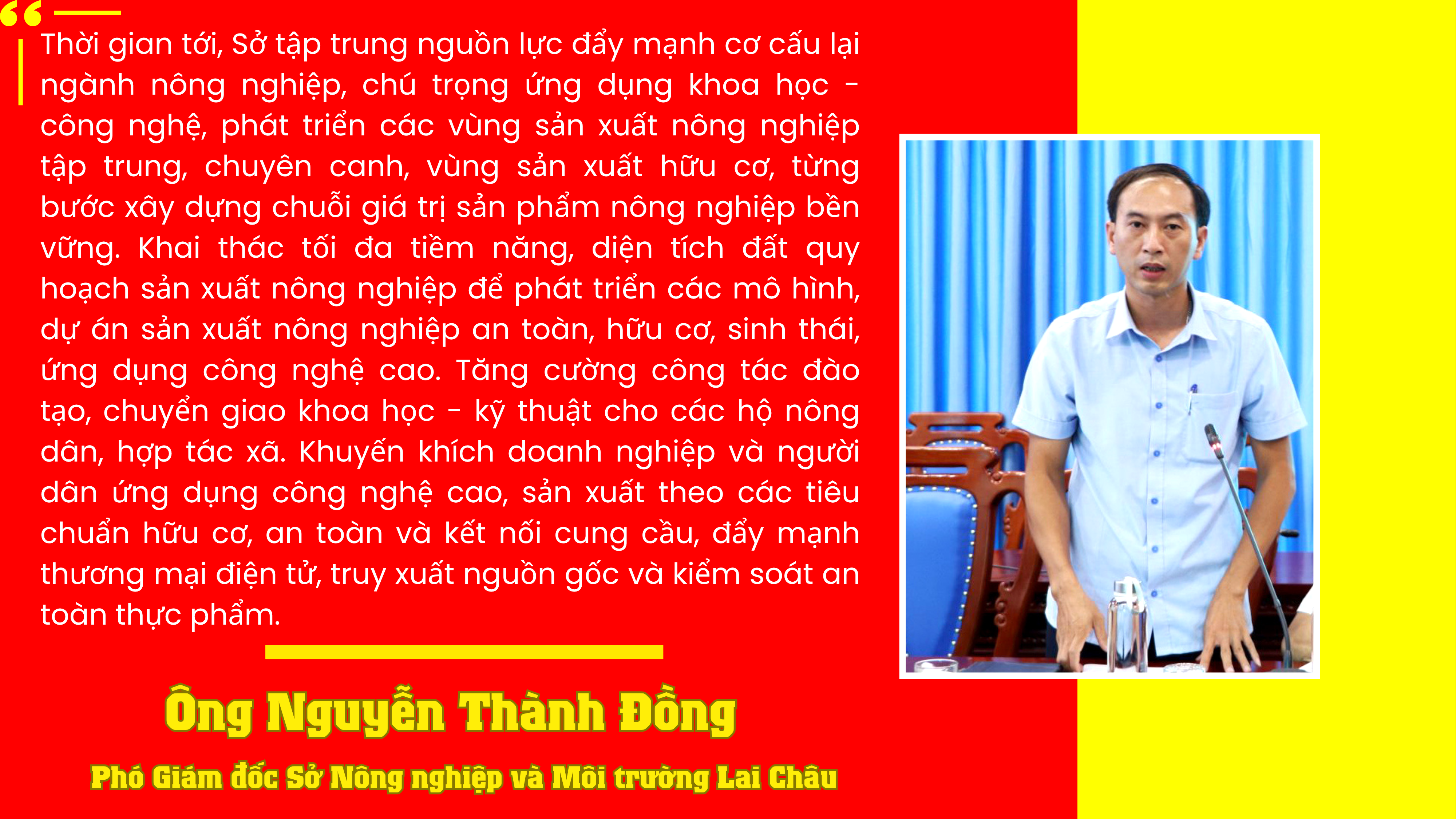
Boldly applying high technology to production creates a new direction, contributing to gradually shifting agricultural products from quantity to quality, increasing production value, reducing costs and reducing negative impacts on the environment so that Lai Chau's agricultural products will no longer be "local agricultural products" but become "high-value goods" in the domestic and international markets.
Source: https://baolaichau.vn/kinh-te/lai-chau-phat-trien-nong-nghiep-ung-dung-cong-nghe-cao-610407


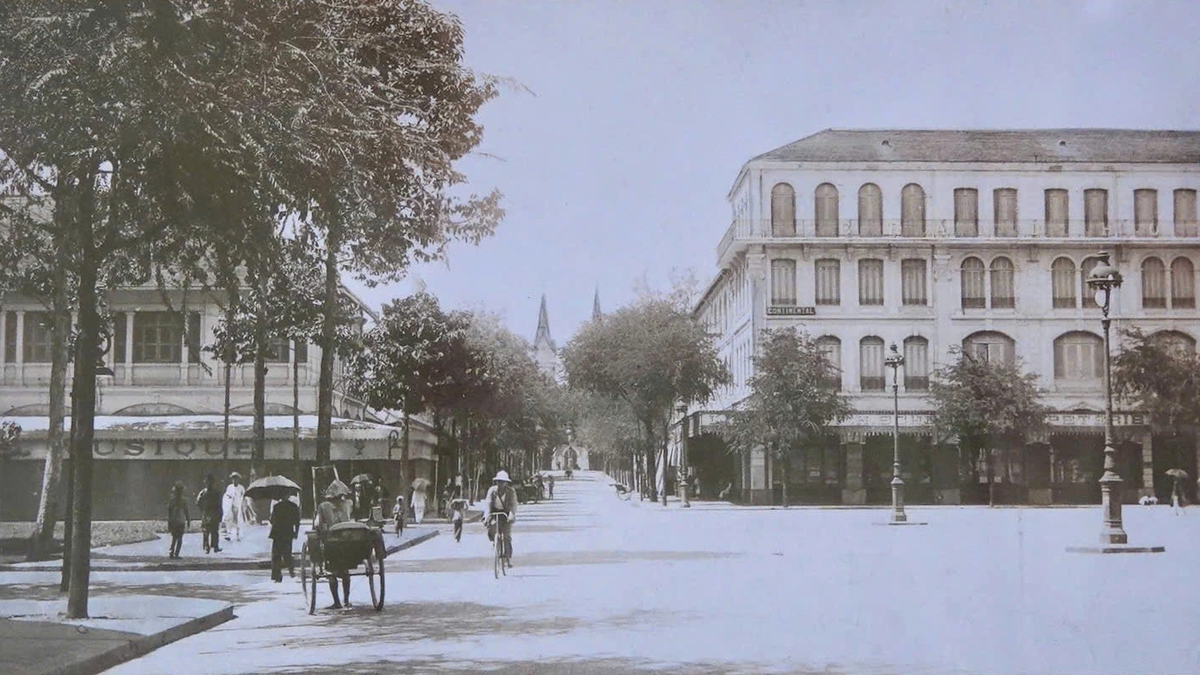

![[Photo] Solemn opening of the 10th Session, 15th National Assembly](https://vphoto.vietnam.vn/thumb/1200x675/vietnam/resource/IMAGE/2025/10/20/1760937111622_ndo_br_1-202-jpg.webp)
![[Photo] National Assembly Chairman Tran Thanh Man holds talks with Hungarian National Assembly Chairman Kover Laszlo](https://vphoto.vietnam.vn/thumb/1200x675/vietnam/resource/IMAGE/2025/10/20/1760952711347_ndo_br_bnd-1603-jpg.webp)
![[Photo] Chairman of the Hungarian Parliament visits President Ho Chi Minh's Mausoleum](https://vphoto.vietnam.vn/thumb/1200x675/vietnam/resource/IMAGE/2025/10/20/1760941009023_ndo_br_hungary-jpg.webp)
![[Photo] Prime Minister Pham Minh Chinh meets with Speaker of the Hungarian National Assembly Kover Laszlo](https://vphoto.vietnam.vn/thumb/1200x675/vietnam/resource/IMAGE/2025/10/20/1760970413415_dsc-8111-jpg.webp)


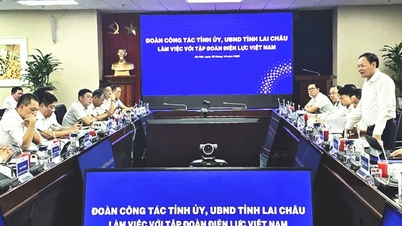
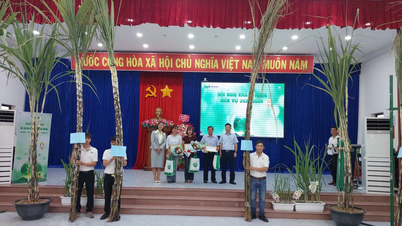

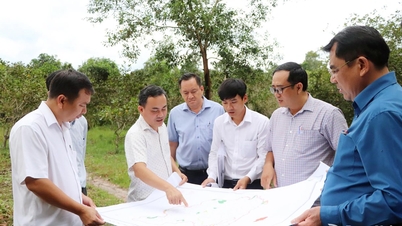

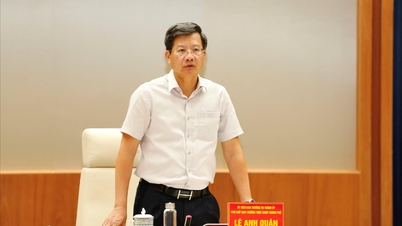

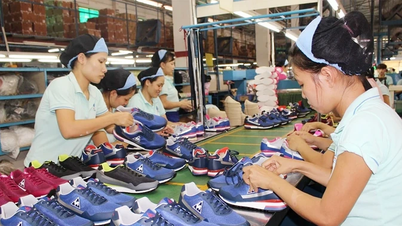





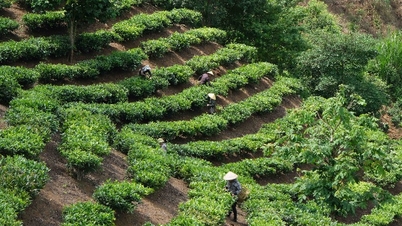
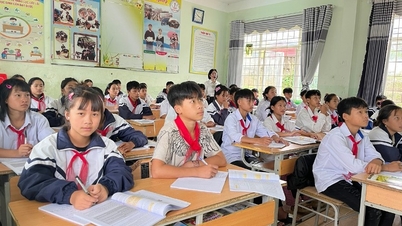
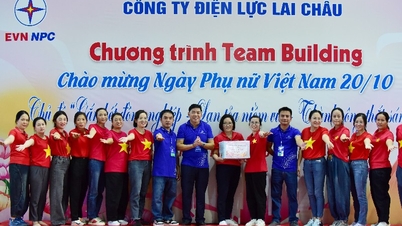
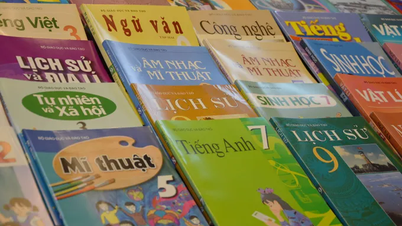
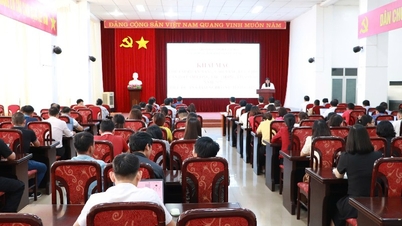
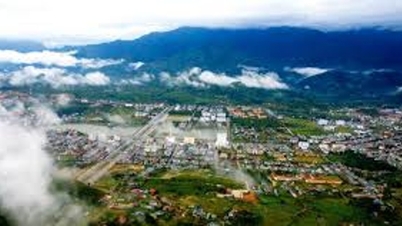
![[Photo] The Steering Committee of the 2025 Fall Fair checks the progress of the organization](https://vphoto.vietnam.vn/thumb/1200x675/vietnam/resource/IMAGE/2025/10/20/1760918203241_nam-5371-jpg.webp)


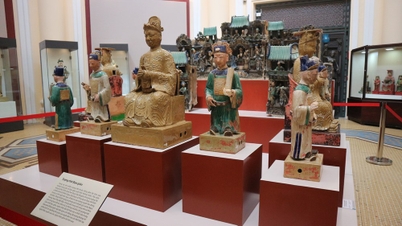
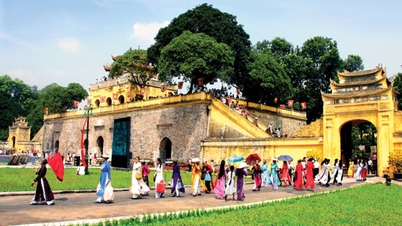



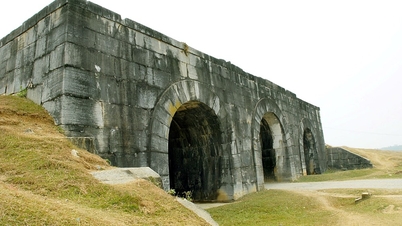
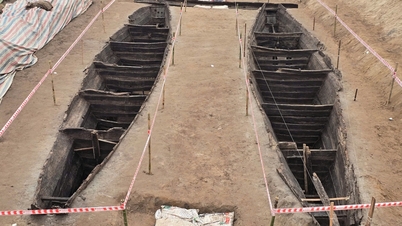

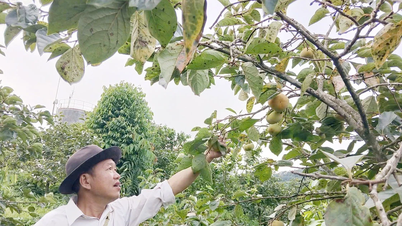





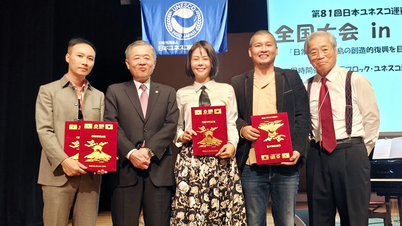








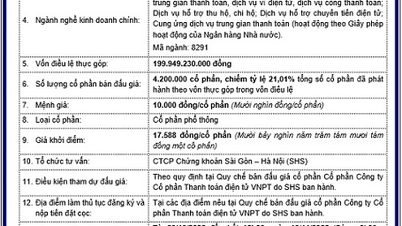
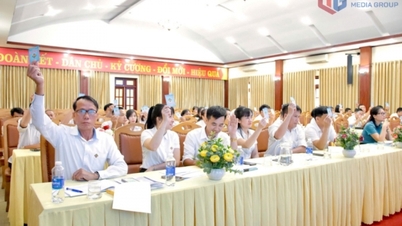

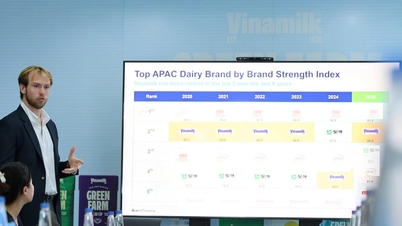
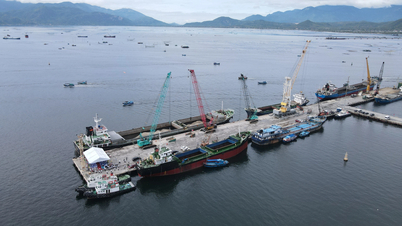








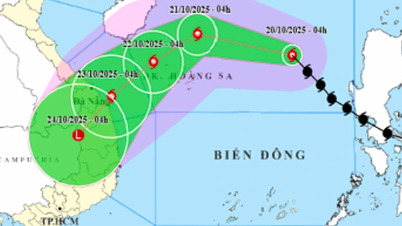

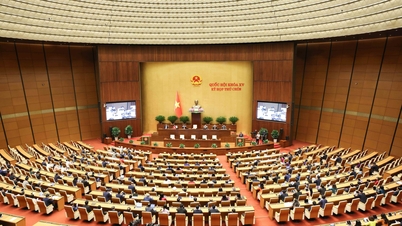

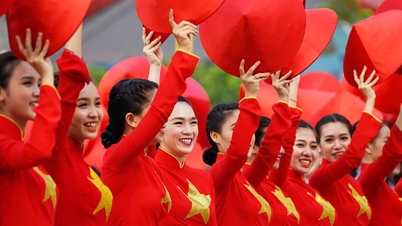

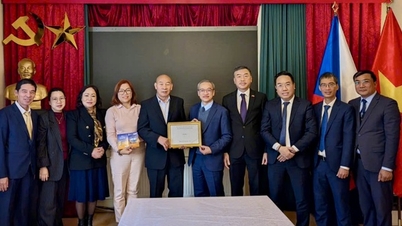

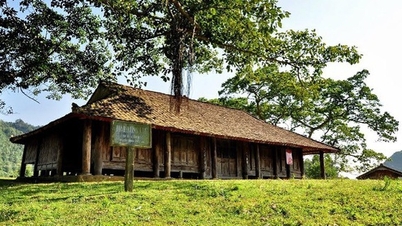
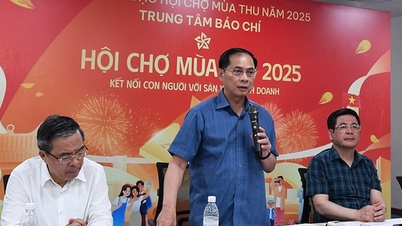
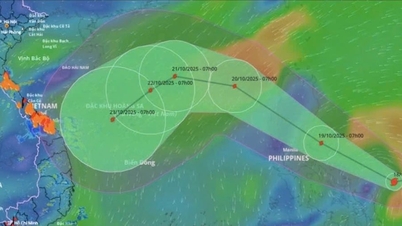




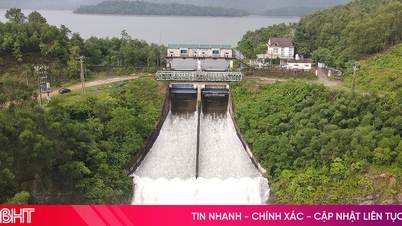



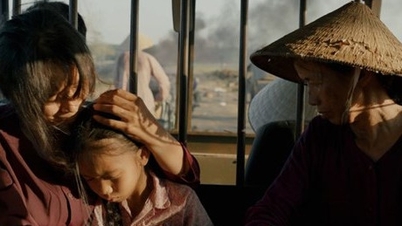
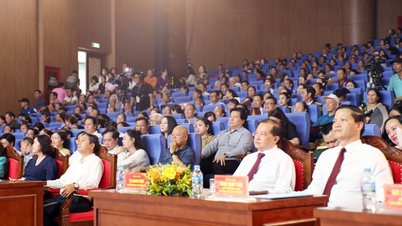













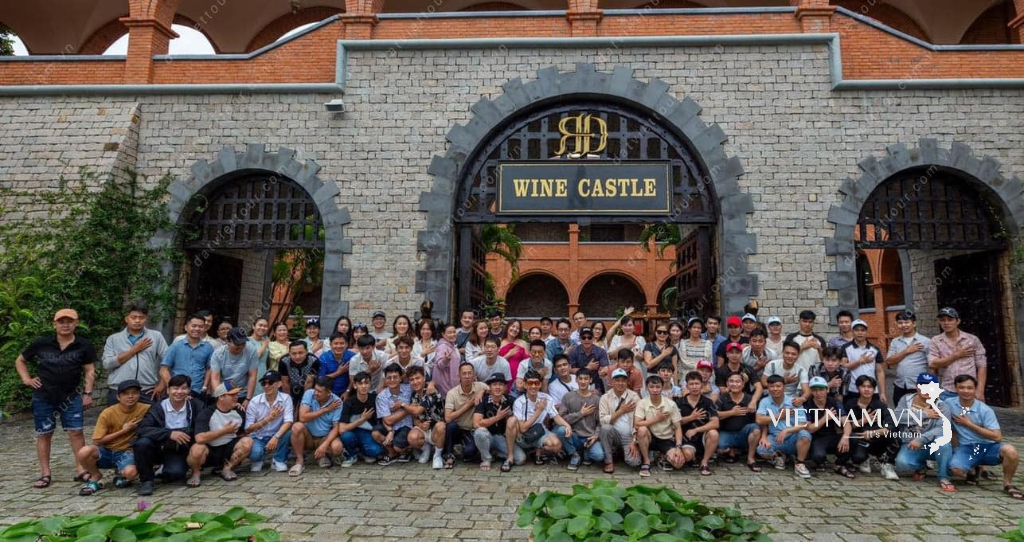


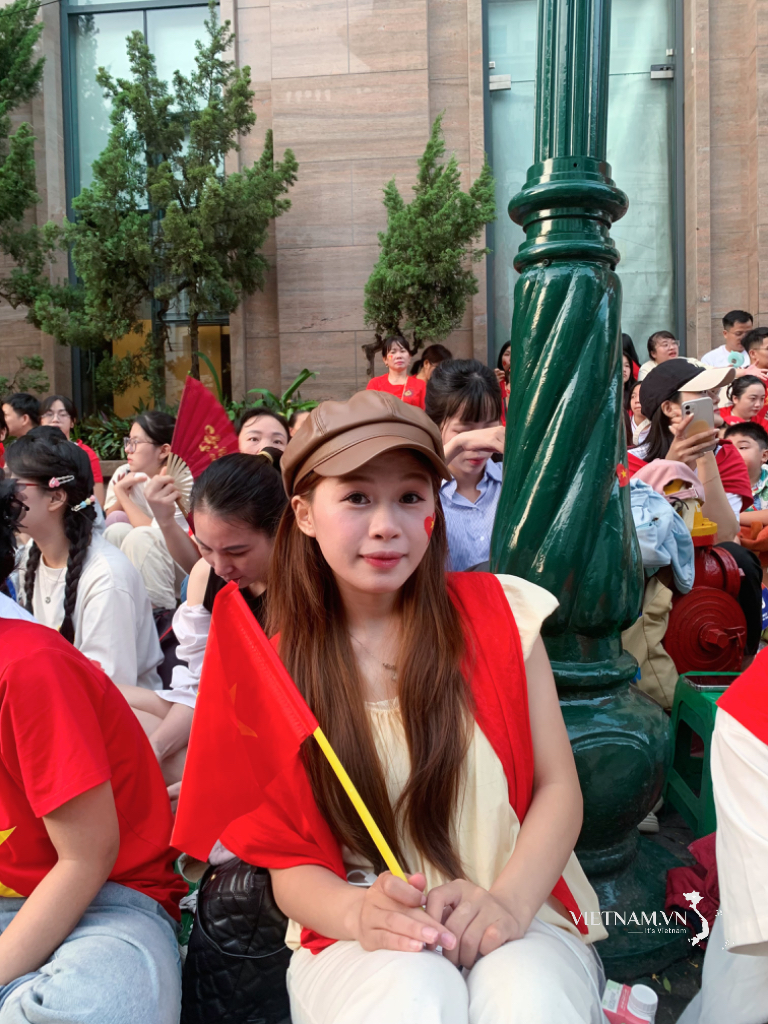
Comment (0)